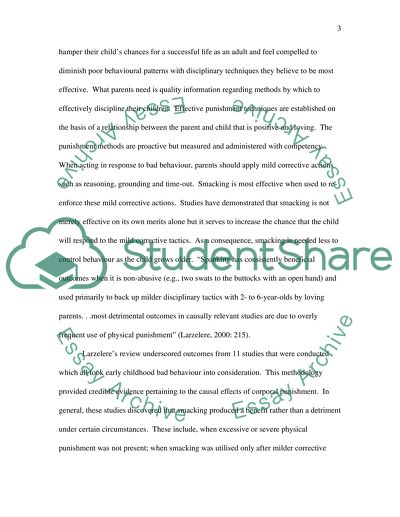Cite this document
(“Should parent be allowed to smack their own child Essay”, n.d.)
Should parent be allowed to smack their own child Essay. Retrieved from https://studentshare.org/miscellaneous/1538700-should-parent-be-allowed-to-smack-their-own-child
Should parent be allowed to smack their own child Essay. Retrieved from https://studentshare.org/miscellaneous/1538700-should-parent-be-allowed-to-smack-their-own-child
(Should Parent Be Allowed to Smack Their Own Child Essay)
Should Parent Be Allowed to Smack Their Own Child Essay. https://studentshare.org/miscellaneous/1538700-should-parent-be-allowed-to-smack-their-own-child.
Should Parent Be Allowed to Smack Their Own Child Essay. https://studentshare.org/miscellaneous/1538700-should-parent-be-allowed-to-smack-their-own-child.
“Should Parent Be Allowed to Smack Their Own Child Essay”, n.d. https://studentshare.org/miscellaneous/1538700-should-parent-be-allowed-to-smack-their-own-child.


